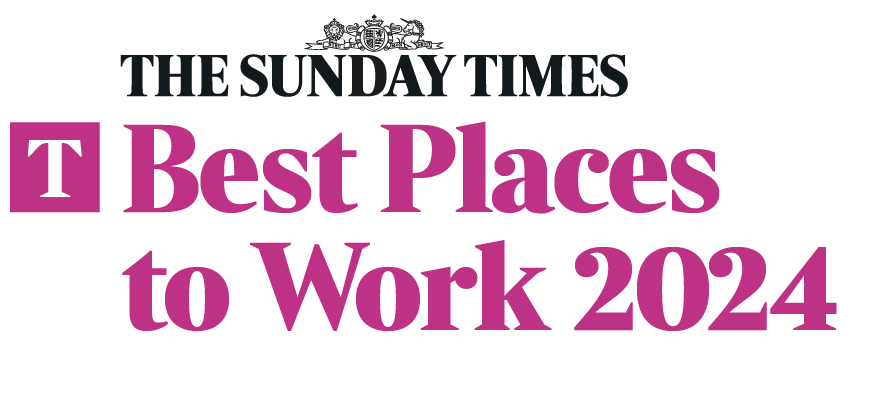Speed Summary: Engaged – Designing for Behavior Change

- Engaged: Designing for Behavior Change
- Author: Amy Bucher
- Publisher: Rosenfeld Media
- Publication: 2020
What’s the secret to innovation success? Design for people’s future self. People will spend a considerable amount of time, energy and money on products and services when they support personal goals, including the person they want to become.
That’s a key takeout from Engaged: Designing for Behaviour Change by psychologist and behavioural scientist Dr Amy Bucher.
Nudges not required
Engaged is a concise, clear and compelling primer on how to use behavioural science to design better products and services. Engaged stands out from the slew of recent business books on applied behavioural science because it doesn’t rehash morally questionable techniques that involve ‘nudging’ (read gaming, duping, manipulating) people to buy by exploiting human irrationality.
Instead of plundering cognitive psychology for mind tricks, Engaged uses motivational psychology to provide an arguably more ethical approach to behaviour change.
Motivation is our mental drive that energises and directs our behaviour, or in the book’s terms, motivation is ‘desire with velocity‘. Motivation is what moves us act, turning ‘wanting’ into action, and is a prerequisite for both behaviour and behaviour change. The central tenet of Engaged is that businesses need to align their products and services with the things that motivate their customers.
But what motivates people? Motivational psychology has moved on since the days of Maslow and Freud, and you’ll find scarce reference in Engaged to ancient pyramids or the Freudian unconscious. Instead, the book draws on two key insights from contemporary science-backed motivational psychology.
The ARC of Motivation
The first insight is that it’s better to appeal to people’s intrinsic and autonomous motivation – things that motivate us because they match our personal goals, identity and tastes. It turns out that autonomous intrinsic motivation is more likely to lead to sustained behaviour change than controlling motivation with ‘extrinsic’ incentives such as rewards (e.g. discounts) or threats (e.g. scarcity).
People can be intrinsically motivated by all sorts of things because people have different goals, identities and tastes. However, our levels of intrinsic motivation appear to be universally influenced by three factors – the degree to which we feel a sense of autonomy (feeling in control of our actions and choices), relatedness (feeling connection and affiliation with others), and competence (feeling achievement and progress). Think of these factors as motivational boosters. This is the central insight of what’s known as the self-determination theory (SDT) of motivation which has guided much recent research into what motivates people.
A core takeout from Engaged is that innovators should design products and services that motivate people because they support the ‘ARC’ of human motivation (autonomy, relatedness and competence). Motivate more, sell more.
COM-B Competence
The second insight from motivational psychology in Engaged is that innovators can motivate purchase, change and adoption by using four evidence-based levers that block or boost motivated behaviour. These levers are summarised in the influential COM-B model of behaviour change that has been widely and successfully used during the pandemic to promote vaccine take-up and health hygiene.
The COM-B model is a simple, powerful and theory-neutral model of behaviour and behaviour change, based on a meta-analysis of what works in practice – in terms of explaining, predicting, and influencing behaviour. It shows that people are more or less motivated to act depending on how capable they feel (C), the opportunities they perceive (O), and whether the behaviour is aligned with their personal motives (M) and/or their past or current behaviour (B).
The second core takeout from Engaged is that innovators should design products and services that remove blocks to a behaviour or behaviour change by increasing individual capabilities and situational opportunities, whilst aligning with people’s existing motives and behaviours.
How to Change Behaviour
Armed with the ARC of motivation and COM-B, and jettisoning nudges, Engaged provides a simple step-by-step walk-through – with examples – of how to motivate people to change their behaviour. In essence, the process is simple
- First, describe the desired behaviour change in detail, who will do what, how, when, where and with whom? Understanding the outcome behaviour and your outcomes story is necessary because you’ll need to identify the motivational blocks (and boosters) to the behaviour.
- Second, describe what people are doing now, who is doing what, how, when where and with whom. To map and measure this baseline behaviour, you can conduct observational research, supplemented perhaps with interviews or surveys to capture (imperfect) self-reported behaviour.
- Third, conduct a diagnostic COM-B audit. What are the COM-B blocks that could get in the way of moving from the current baseline default behaviour to the desired outcome behaviour (see COM-B diagnostics grid below)? Use observation and motivational interviews to find out. Experiment and test as you remove COM-B blocks to make the behaviour change as easy as possible for people, and boost motivation by offering a sense of autonomy, relatedness and/or competence when they adopt the desired behaviour change.
Job done, and no-one had to get nudged or gamed to do anything.
The BG Take
Engaged offers a fresh motivational perspective on behavioural science, replacing and contrasting nudging with the ARC of motivation and COM-B. Drawing on 15 years of experience with behaviour change interventions in health and digital technology, Amy Bucher makes a cogent and compelling case for a more human and ethical approach to behavioural change. Take a look at the comparison chart below. Don’t nudge. Motivate!
Engaged is the book that we wish we had penned. At Brand Genetics, we use COM-B as our human insight framework, and we use the ‘ARC’ (experiencing autonomy, relatedness and competence) to help brands create and communicate positive value because experiencing the ARC of motivation is linked to improved wellbeing.
Although Engaged is written more for designers than market researchers, the book provides researchers with clear research agenda for meeting the challenges of the ‘behavioural turn’ in market research. Indeed, Engaged can be seen as the qualitative researcher’s take on behavioural science because the origins of qualitative research (our speciality) lie in motivational psychology. Indeed qualitative research was first referred to as motivational research, and the term ‘focus group’ was coined by qualitative research pioneer Ernest Dichter to describe group sessions designed to reveal people’s hidden motivations. In this way, Engaged offers an exciting back to the future approach to qualitative research that is compatible and useful within a broader behavioural science and behavioural insights perspective.
if that doesn’t motivate qualitative researchers, what will?









